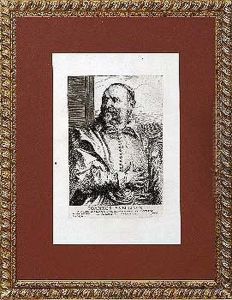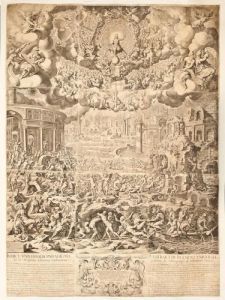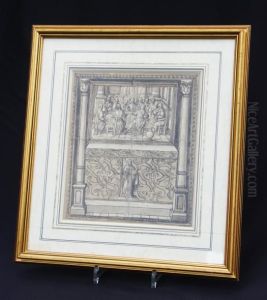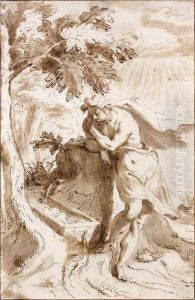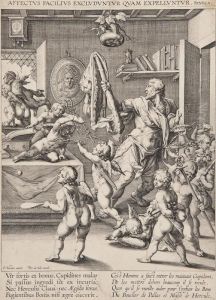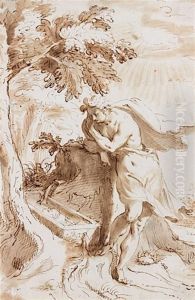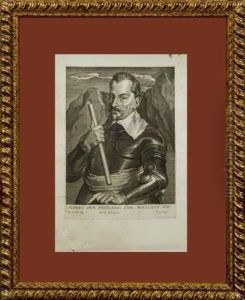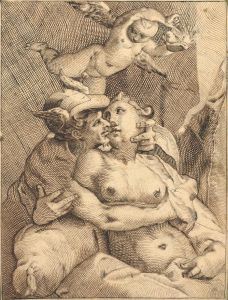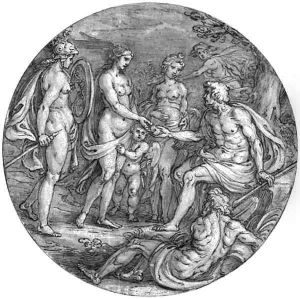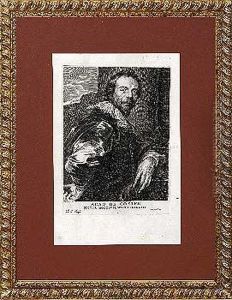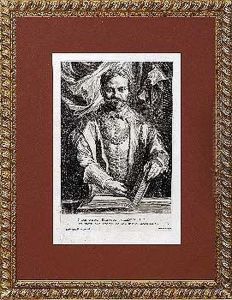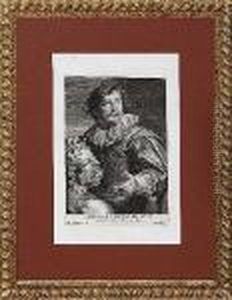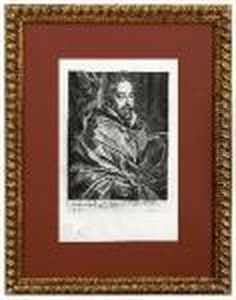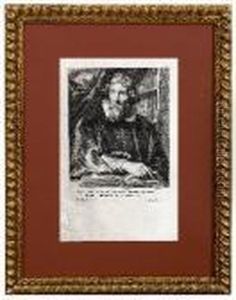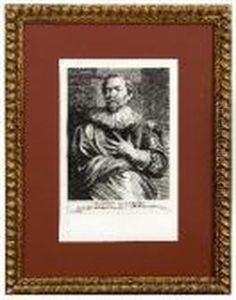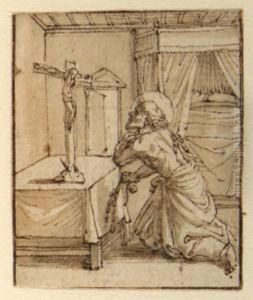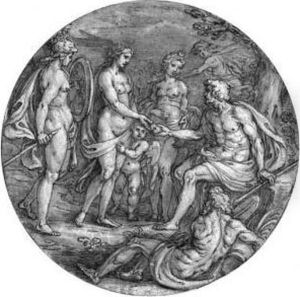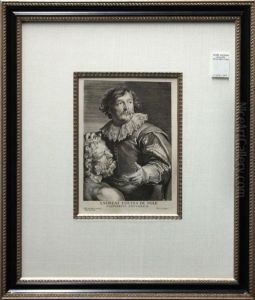Peter De Jode Paintings
Peter De Jode the Elder was a notable figure in the world of engraving and art during the late 16th and early 17th centuries. Born in Antwerp, Belgium in 1570, he became a prominent member of a family deeply entrenched in the art of engraving, a craft that was highly regarded during the period. His father, Gerard de Jode, was also a distinguished engraver and cartographer, suggesting that Peter's skills were honed from a young age within a household familiar with the intricacies of the art form.
De Jode's career is marked by his profound skill in engraving, which allowed him to capture the essence of his subjects with remarkable clarity and detail. He was primarily known for his portrait engravings, which served to immortalize the visages of some of the most significant figures of his time. Additionally, he engaged in producing religious and historical scenes, contributing to the period's visual documentation and interpretation of biblical and mythological narratives.
In 1599, Peter De Jode became a master in the Guild of St. Luke, an acknowledgment that not only marked his professional maturity but also positioned him as a central figure among his contemporaries in Antwerp. His involvement with the Guild highlights the esteem in which he was held by his peers and underscores his influence in the artistic community of the time.
Throughout his career, De Jode collaborated with other artists and engravers, contributing to the dissemination of artistic and cultural ideas across Europe. His works were collected and admired by art connoisseurs and played a role in the broader exchange of artistic techniques and styles that characterized the European Renaissance and Baroque periods.
De Jode's legacy is sustained through his contributions to the art of engraving and his role in the cultural and artistic exchanges of his time. His death in 1634 marked the end of a life dedicated to the craft of engraving, leaving behind a body of work that continues to be studied and appreciated for its technical skill and historical significance.
